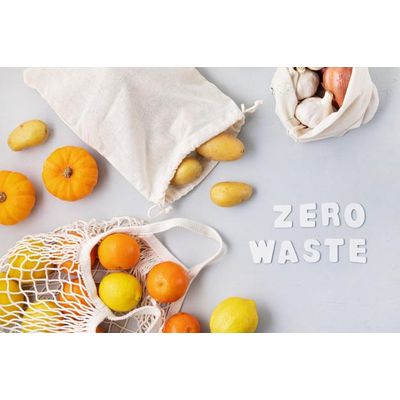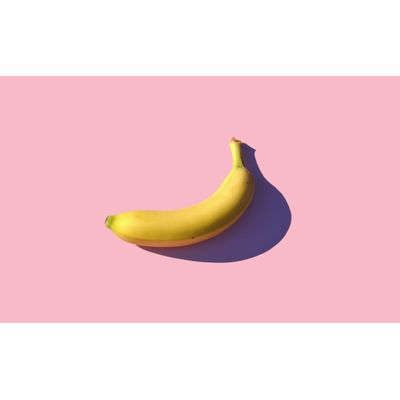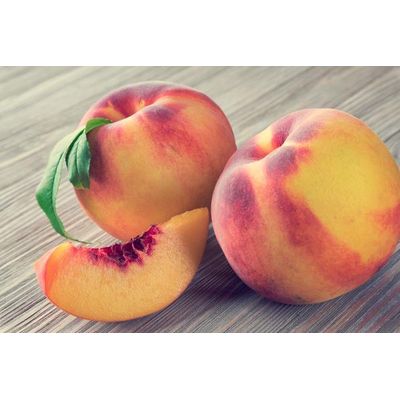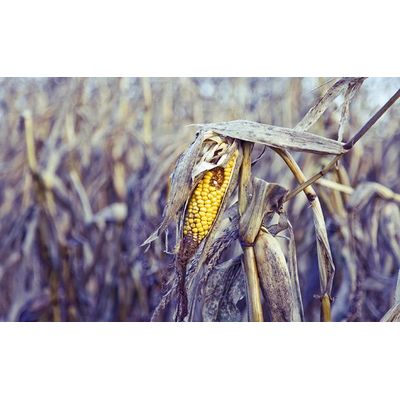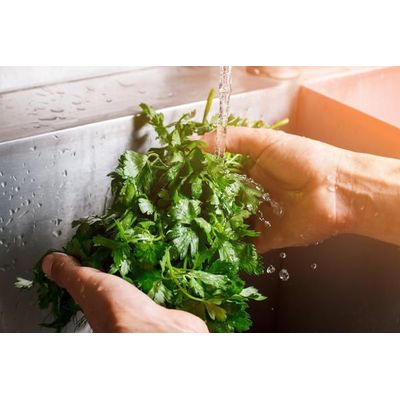

PostHarvest Technologies training
Courses - Food Loss and Waste
PostHarvest - Resource Waste and the Benefits of Reducing Course
While food loss can happen at different stages of the food value chain, around 24% occurs during post-harvest handling and storage. This is a result of several factors such as changes in weather, pests, fungus, handling, disease, human error, and so on.
Courses - Nutrition Facts and Health Benefits
PostHarvest - Bananas Nutrition Facts Course
If you’ve heard that bananas are high in carbohydrates, you may be wondering whether they’re a healthy fruit to eat. Bananas are made up of mostly complex carbohydrates, including resistant starch, which offers digestive health benefits. The vitamins and potassium in bananas are good for your blood pressure and overall health. Here are some of the details on this beloved fruit.
PostHarvest - Peach Nutrition Facts Course
Similar to nectarines, peaches are a stone fruit with a juicy, sweet flesh. The main difference between the two is the skin. Peaches have a thin, fuzz-covered skin, while nectarines are smooth with no fuzz. The flesh ranges from white to pale orange, and they can be interchanged in recipes. The best part: Both are rich in vitamins and antioxidants that provide health benefits.
Courses - PostHarvest’s Introductory Class
PostHarvest - Post Harvest Problem Course
Here at PostHarvest, we’ve noticed the lack of available resources around fresh produce handling and education, so we’ve collaborated with a number of industry authorities to help map out learning pathways for numerous stages within the cold chain.
Courses - Consumer Tips
PostHarvest - Fruit & Vegetable Preparation and Handling Course
Eating a variety of fruits and vegetables is healthy, but care must be taken to be sure fruits and vegetables do not become contaminated with harmful bacteria. In just the United States, one in four people suffers from foodborne illnesses each year. Some of these illnesses have been traced to eating raw fruits or vegetables.

